Practice recap
Work on natural fences and a door: On a warm and sunny day in Bloomington, about ten local practitioners participated in this month's work day on Sunday, March 3rd. Inside the temple, work continued on mounting a sliding barn door for our kitchen. Outside on the land, practitioners worked on two fence building projects, primarily using natural materials already present on temple grounds: replacing the north side of the bamboo fence surrounding the moss garden, and beginning to construct a "dead hedge" barrier along Sanshinji's northern boundary using tree limbs and branches from our (enormous) brush pile. Uchiyama Roshi memorial sesshin: From the evening of March 7th through the morning of March 10th, nine practitioners carried out our 3-day March sesshin, which we dedicate each year to the memory of our founder's teacher, Kosho Uchiyama Roshi. After cleanup and a closing circle on Sunday morning, sesshin practitioners joined other sangha members for regular Sunday practice, including zazen and a talk from Okumura Roshi. The day concluded with a brief memorial service for Uchiyama Roshi, during which about twenty practitioners chanted the Heart Sutra together and offered incense one by one. Coming upRyaku fusatsu: This Monday, March 18th at 7:00 pm EDT, we'll carry out our monthly ceremony of renewing our aspiration to practice with the precepts. Everyone is welcome, regardless of whether or not you've formally taken precepts, in-person or virtually via Zoom.
May virtual dharma study intensive: Registration is now open for Okumura Roshi's series of ten lectures on Menzan Zuiho's Jijuyū Zanmai, as part of a virtual dharma study intensive (May 2 - 11). Jijuyū Zanmai was written as a guide to zazen for lay students. In it, Menzan explains that the Buddha's samadhi is nothing other than the zazen which we practice with our body and mind, and he urges us to live in accordance with the three-fold pure bodhisattva precepts. Okumura Roshi has newly translated this important text for this May's study intensive. LEARN MORE AND REGISTER Sanshin Network
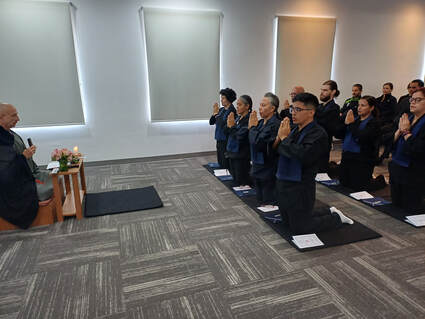 Jukai ceremony in Caracas, Venezuela: In February, Okumura Roshi's dharma heir and founder of Soto Zen Colombia Densho Quintero traveled to Caracas, Venezuela to officiate a lay precepts ceremony for practitioners of an affiliated group, Sangha Dokan Venezuela, which is led by Jakusho Pignatiello.
Are we reaching you?
Do we have the best and most current contact information for you? If you've changed your e-mail address or moved to a new place of residence, or if we've never had complete information about how to reach you, it's time to update your record. Please take a moment to go here to send us the contact information you'd like us to use. We'll check it against your current record and update as needed. Don't miss any of the upcoming communications from Sanshin -- update your info today!
2 Comments
|
Sangha NewsOur newsletter is posted once a month. Sign up for our mailing list to get notifications of new issues. Archives
July 2024
|

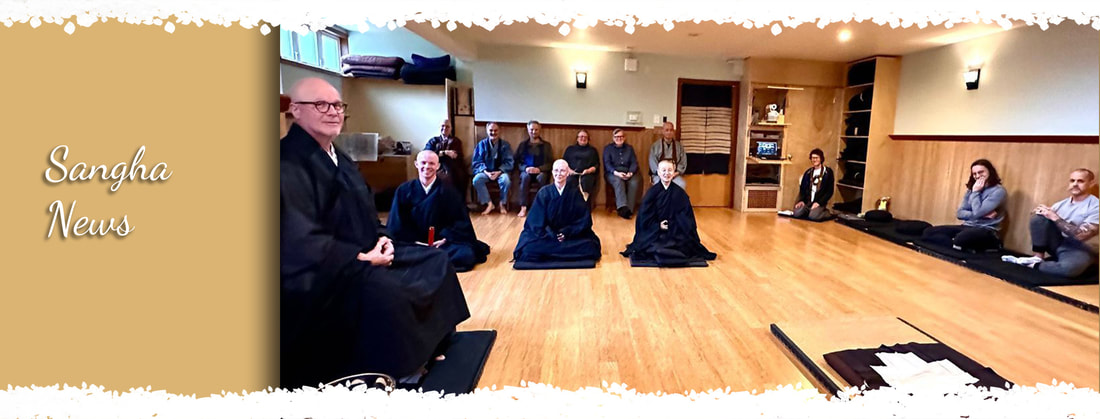
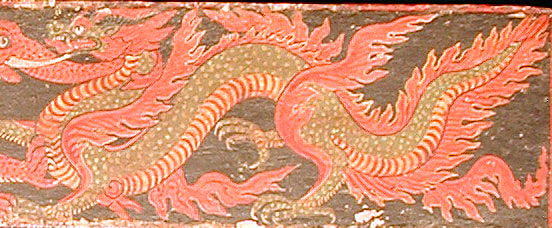

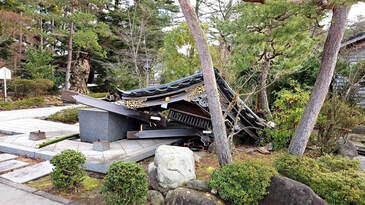

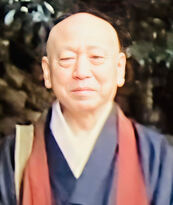

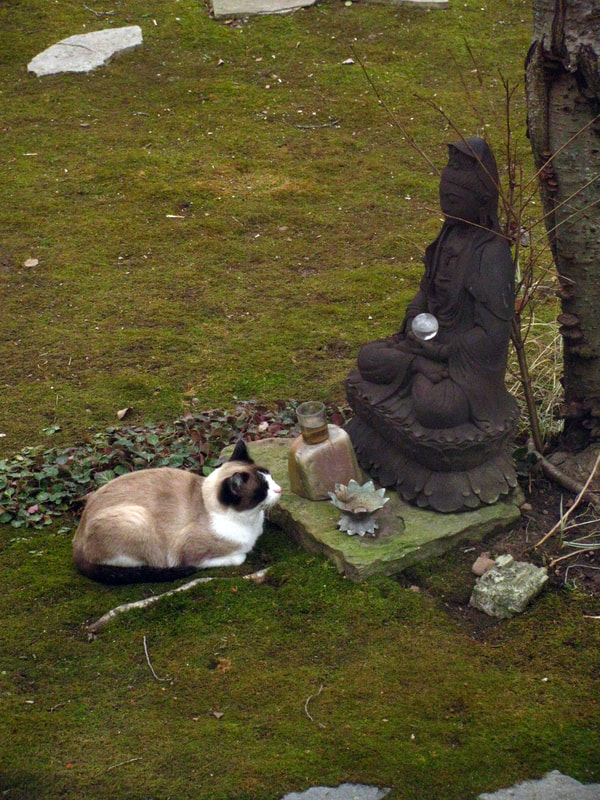
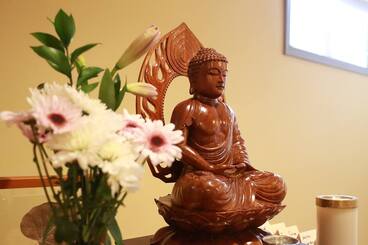
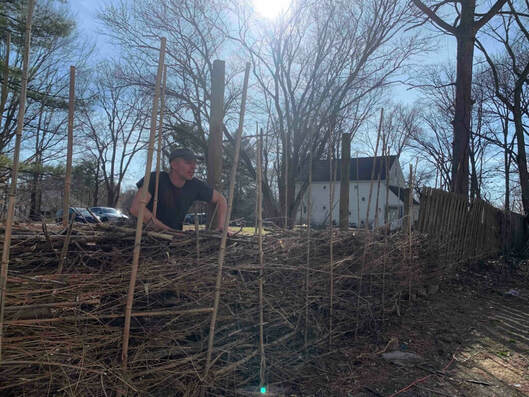
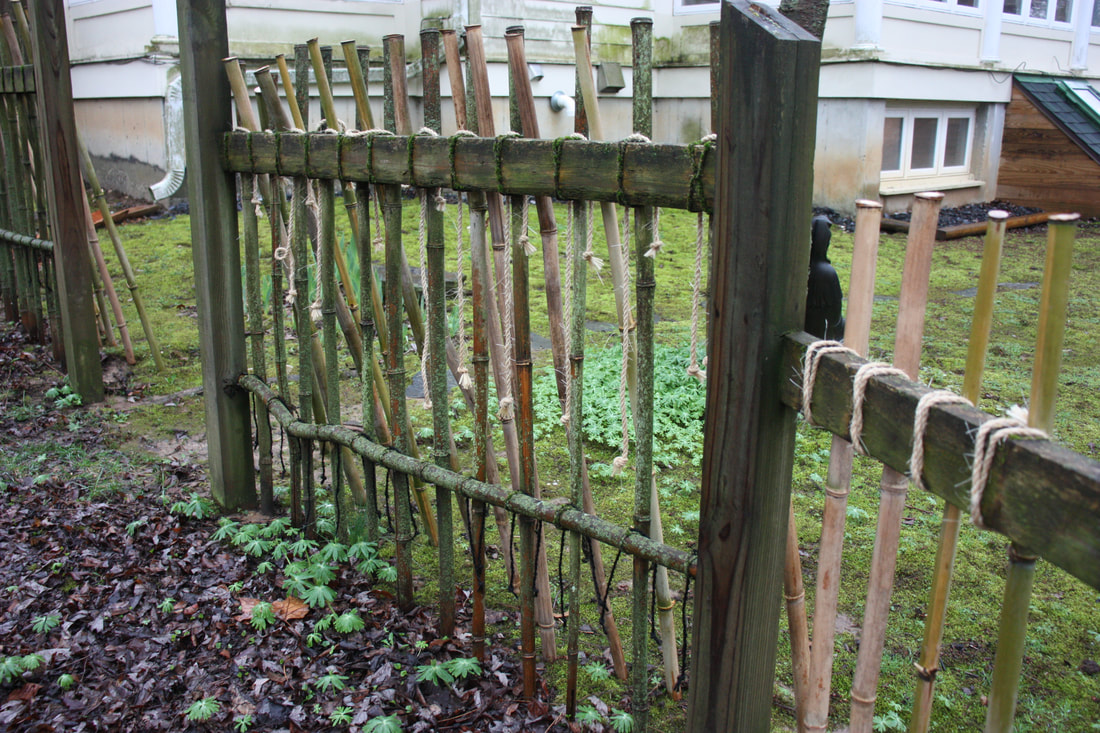
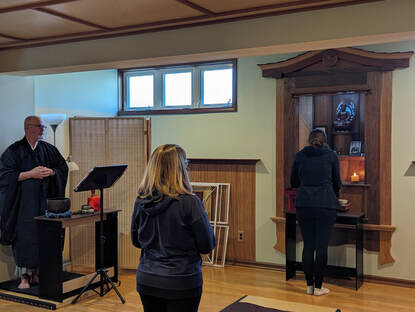
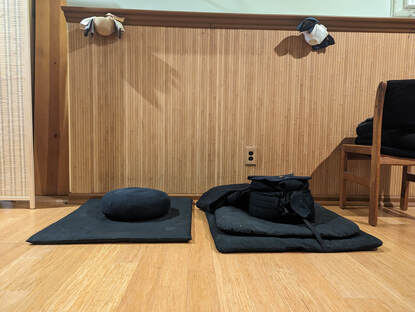

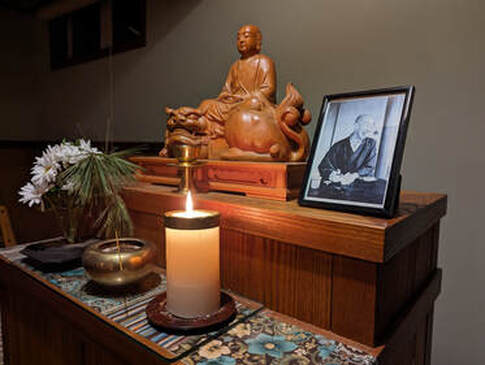
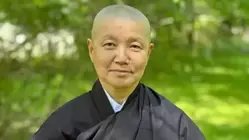


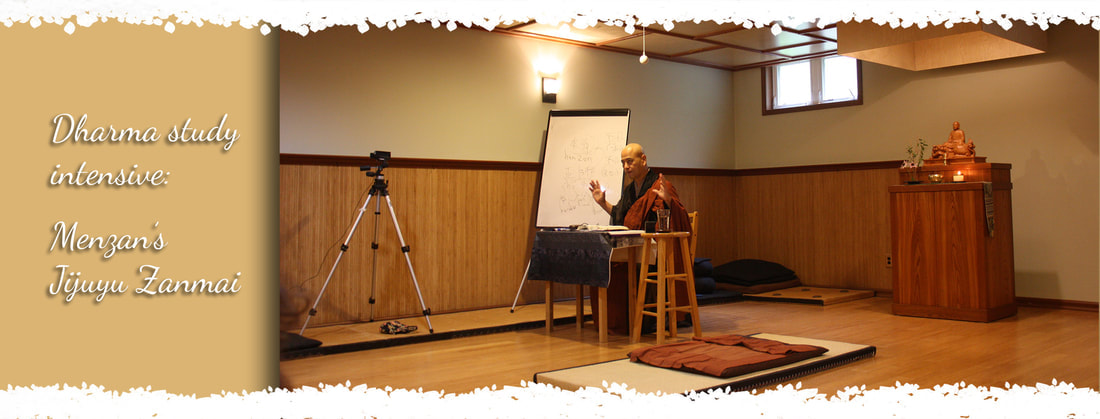
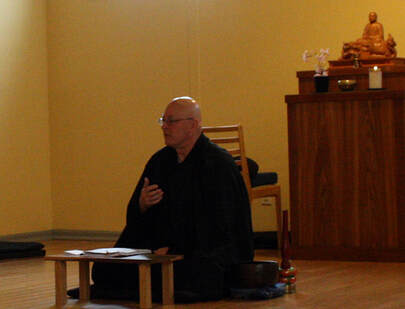
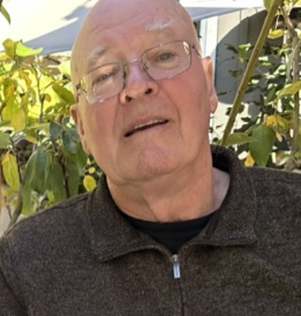
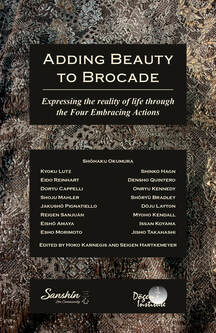
 RSS Feed
RSS Feed